In the world of technology, financial planning is crucial. Knowing how to create a software budget is essential to ensuring that projects are completed on time and within budget. That’s why we’ve put together this complete and detailed guide on the key steps to creating an effective software development budget.
What is a software budget?
A software budget is a financial plan that estimates all costs associated with software development. It includes direct and indirect costs such as development, testing, maintenance, licensing, and more. A detailed budget helps prevent financial surprises and ensures that the project stays on track.

How to do budgeting for a software project?
1. Define the project scope
The first step in creating a software budget is to clearly define the project scope. This includes:
- Project objectives: What problem will the software solve?
- Functions and features: What functionalities does it need?
- End users: Who will use the software?
- Deadlines: What is the project’s delivery timeline?
Defining the scope gives you a clear vision of what is needed and helps prevent major changes during development that could impact the budget.
2. Estimate resource requirements
Identify the resources needed to carry out the project. This includes:
Development team: Developers, designers, testers, etc.
Technologies and tools: Programming languages, development tools, testing platforms, etc.
Infrastructure: Servers, databases, cloud services, etc.
Accurate resource estimation is essential to creating a realistic budget.
3. Add a contingency margin
Software projects often encounter unforeseen challenges that can increase costs. Adding a contingency margin (typically between 20% and 50% of the total budget) will help you cover these unexpected expenses without disrupting the project’s development.
4. Review and approve the budget
Once you have estimated all costs, review the budget with stakeholders to ensure that everyone agrees with the estimates and financial plan. Make any necessary adjustments and obtain formal approval before proceeding.
5. Monitor and control the budget
A budget is not a static document. You must continuously monitor and control expenses throughout the project lifecycle to ensure it stays on track. Use budget tracking tools and generate regular reports to keep all stakeholders informed about the project’s financial status.
Suscribe to our newsletter!
Best practices for creating a software budget
1. Use estimates based on historical data
Review similar past projects to gather historical data that will help you make more accurate estimates. This will provide a solid reference point and reduce the margin of error. Partnering with a company that has experience in similar projects can be beneficial, as you can leverage their historical data.
2. Involve the development team
The development team has a clear understanding of the tasks and resources required. Involve them in the estimation process to obtain valuable and realistic cost insights. Having a development team that is actively engaged and enthusiastic about your project will increase their commitment to keeping it aligned with the budget.
3. Review and update the budget regularly
Project conditions can change, so it’s crucial to regularly review and update the budget to reflect any modifications. Maintain open communication with stakeholders to adjust the budget as needed. A project manager or business analyst can help facilitate ongoing communication about changes and updates, making their involvement in your team essential.
4. Document the entire process
By documenting each step of the budgeting process, you will have a clear record of all decisions and estimates made. This is valuable for audits and future projects. Encourage your team to generate reports and maintain continuous documentation—this will help create a reliable record for future use.
Read more → AI for business: How to drive innovation and optimize processes?

Conclusion
Software budgeting may seem like a daunting task, but by following these steps and best practices, you can develop a solid financial plan that ensures the success of your project.
At Crombie, we are committed to excellence and continuous growth, and we hope this guide helps you with your projects.
Want to learn more about our practices?







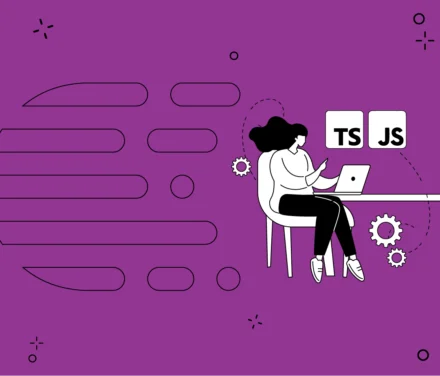
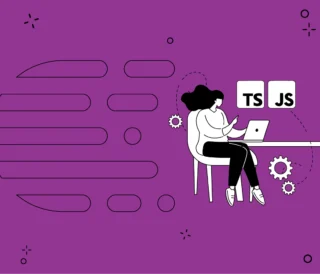


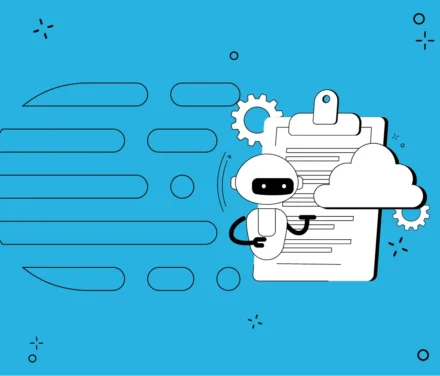
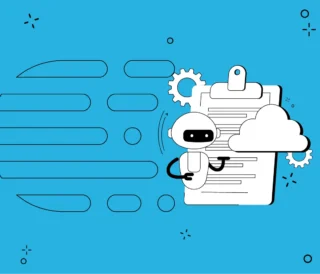
Leave a Comment